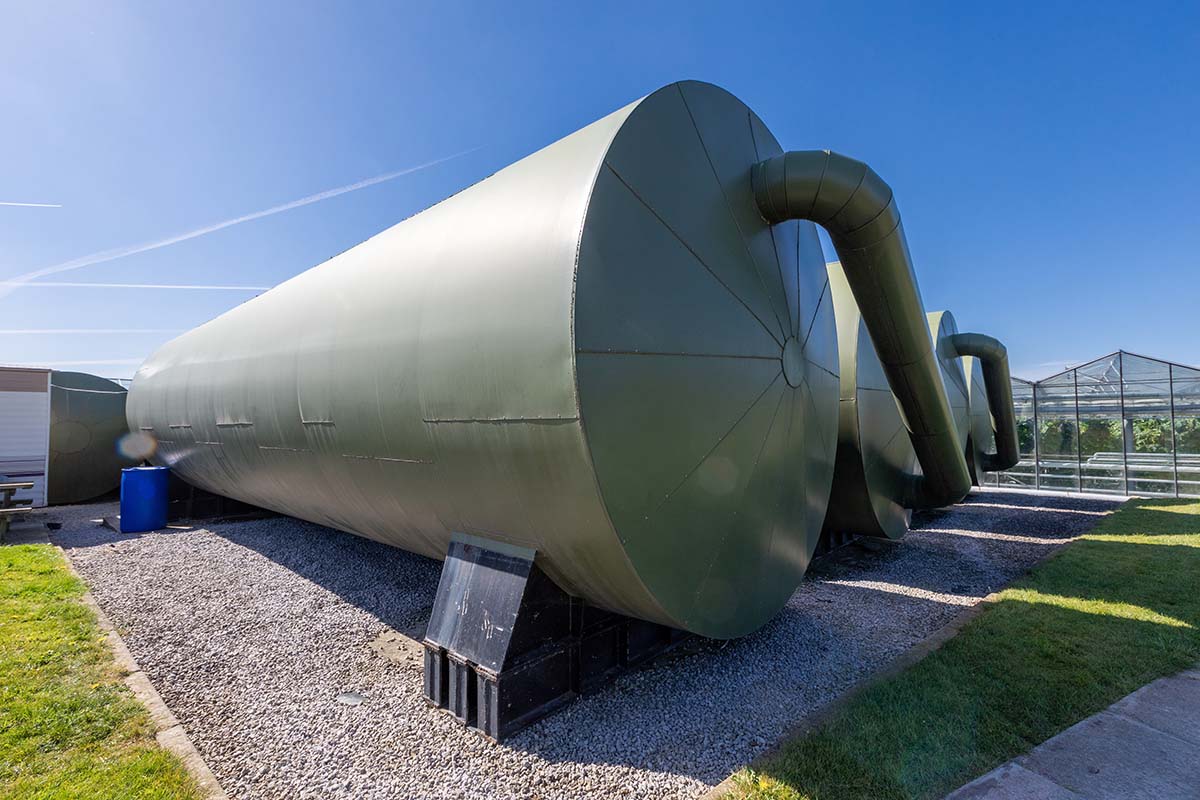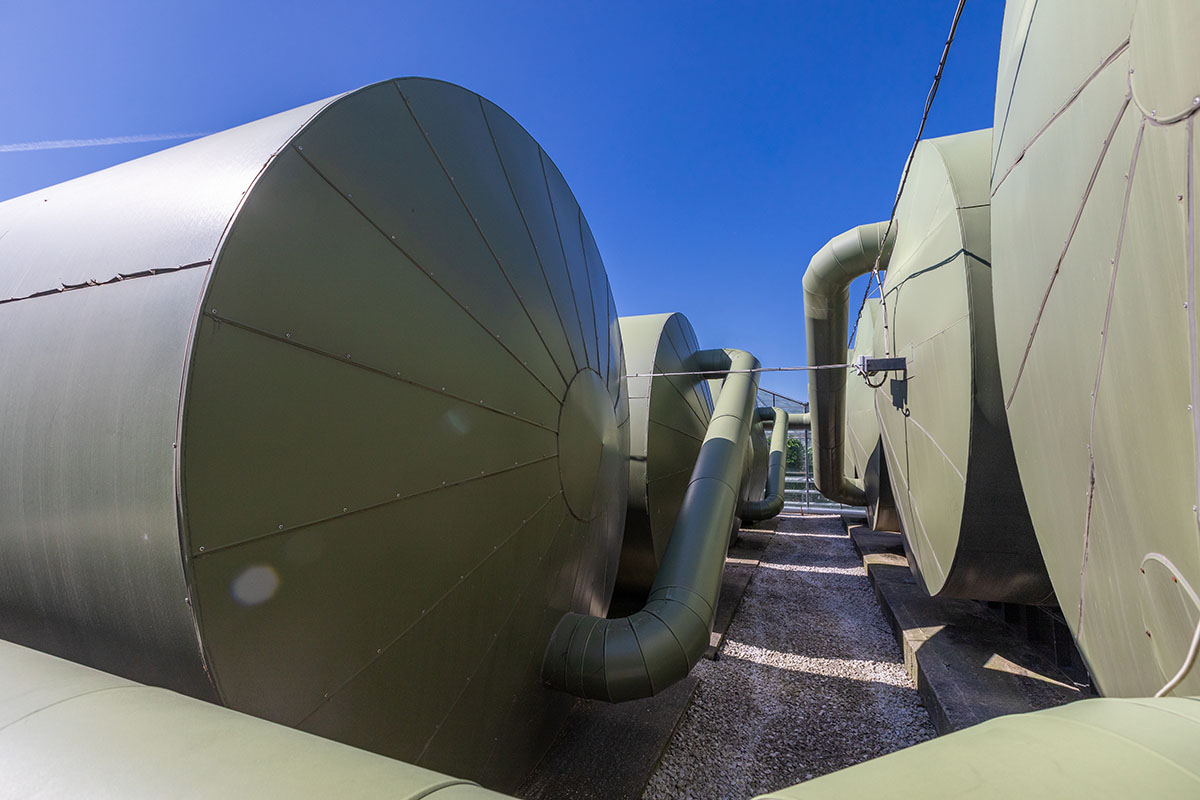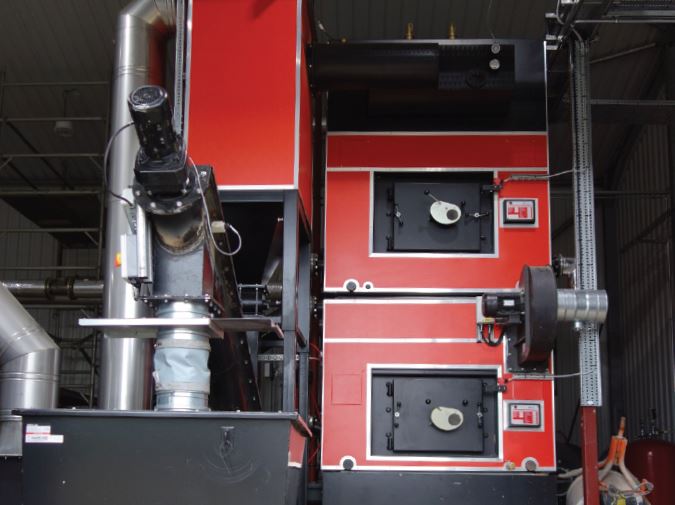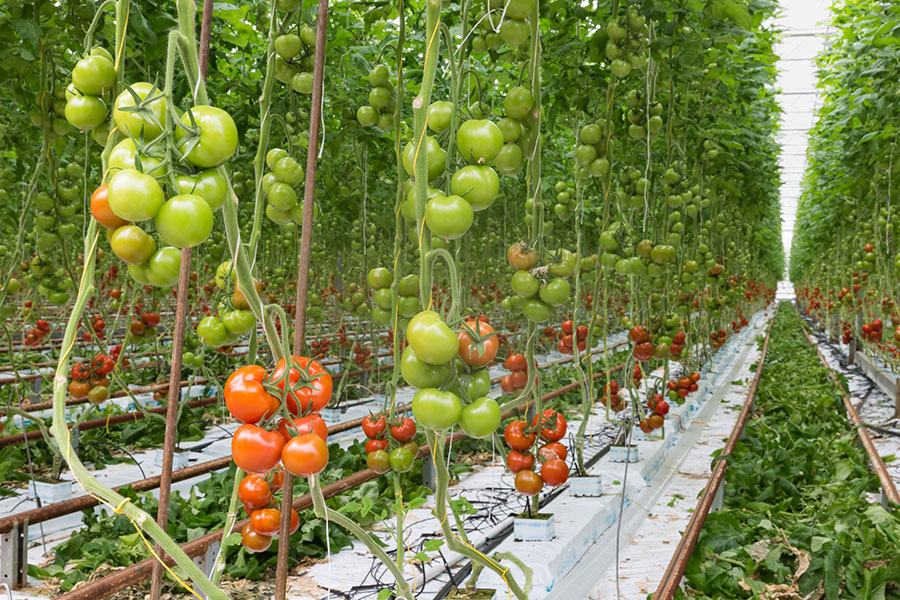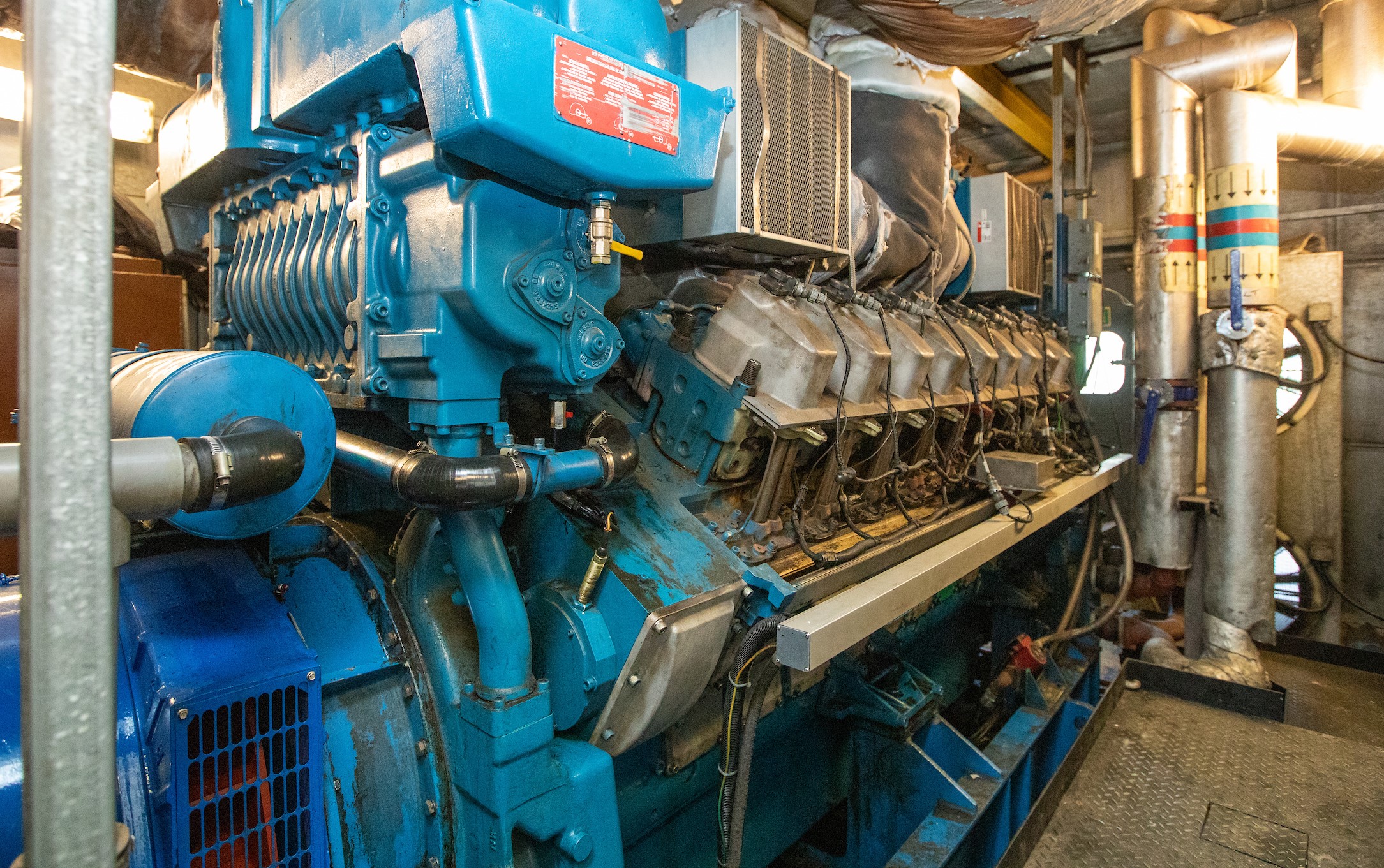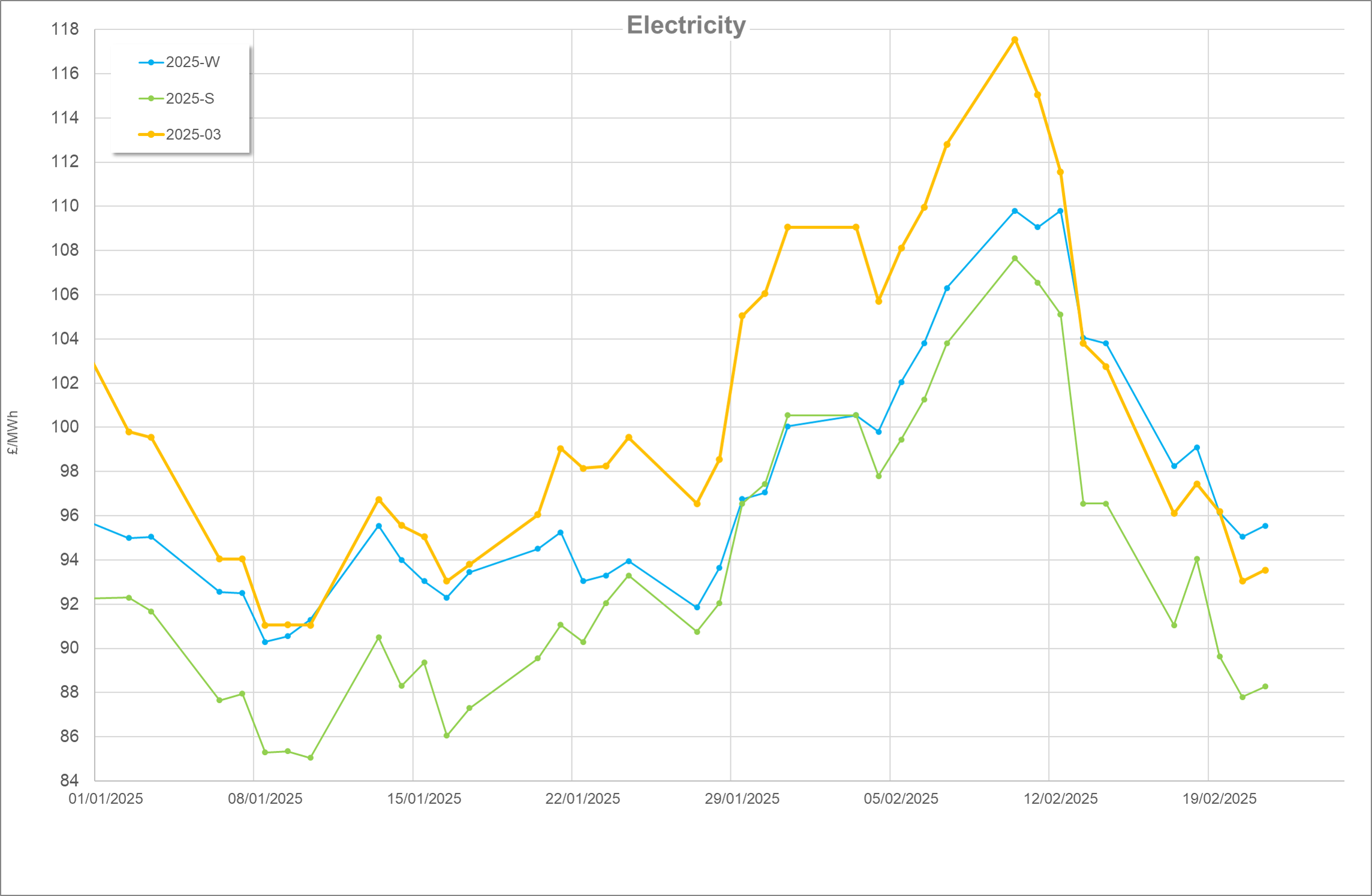First published February 2014
The key factors to consider when installing a biomass boiler system including the different types of fuel available, sizing the biomass boiler system and the flue gas emission standards.
Quick links:
- The Renewable Heat Incentive (RHI) and the take up of biomass heating
- Fuels for biomass boilers
- Biomass boilers and system sizing
- Biomass boiler emissions
The Renewable Heat Incentive (RHI) and the take up of biomass heating
Biomass heating has been taken up at a pace since the introduction of the Renewable Heat Incentive (RHI) and certain patterns of uptake and best buying strategies emerged.
In the early days, most applications were for boilers with a capacity of under 200 kilowatts (kW). However, 14% of applications were for boilers with a capacity in the range of 200 kW to 1,000 kW — and this is still the area most popular for horticultural applications, trending towards the larger end as the RHI scheme draws towards its close.
Fuels for biomass boilers
In horticulture, the most popular fuels used are woodchip, straw and (for small systems) wood pellets. We compare the characteristics of each type and discuss general fuel issues.
Typical fuel characteristics
| Material | Comments | Calorific value | Bulk density |
| Woodchip | • To maintain consistent quality, you can specify chip grade: ── G30: (10–30 mm edge length and <30% moisture content) ── G50: (30–50 mm edge length and <30% moisture content) ── G100: (50–100 mm edge length and <30% moisture content) • Woodchip is a popular fuel at the moment. | 2,800–3,500 kWh/t | 210–250 kg/m3 |
| Straw | • Usually in Heston bales weighing 600 kg. • Moisture content < 20%. • Check inside for mould. • Biggest issues with straw are emissions and quality. | 3,500–4,000 kWh/t | 100–125 kg/m3 |
| Wood pellets | • Easiest material to handle, but expensive. • The domestic RHI may cause wood pellet supply to become limited, as it will be householders’ fuel of choice. | 4,700–5,300 kWh/t | 650 kg/m3 |
Main issues with any type of fuel
- Cost
- Good long-term availability
- Consistent quality
- Emissions and residues
As might be expected, straw is cheap, but can be problematic in terms of quality and emissions. High value wood products are easier to handle, more consistent and burn more cleanly.
Storage of fuel is a significant area of concern for many greenhouse growers, as space is often limited. The larger the storage space available, the more opportunity there is to buy in bulk and keep fuel costs low.
However, fuel suppliers are willing to enter into contracts that guarantee a regular supply of chips, and a week’s worth of storage is often sufficient.
Biomass boilers and system sizing
The factors to consider when sizing a biomass boiler system including the weekly heat demand profile.
In order for a boiler system to be fully utilised, it is essential to consider the sizing of the system with respect to heat demand. This is complicated, because it involves balancing capital cost, returns from the Renewable Heat Incentive (RHI) and costs of fuel.
To work out viability, it is necessary to look at the weekly profile of heating energy use and the potential delivery of the boiler. CO2 recovery from the flue gases of a biomass boiler for greenhouse environment enrichment is currently not possible. This reduces the potential heat offset. The diagram below shows a typical profile for an edibles grower. By using a biomass boiler to cover, say, 25% of peak demand, the boiler can be operated at full output for over 70% of the year.
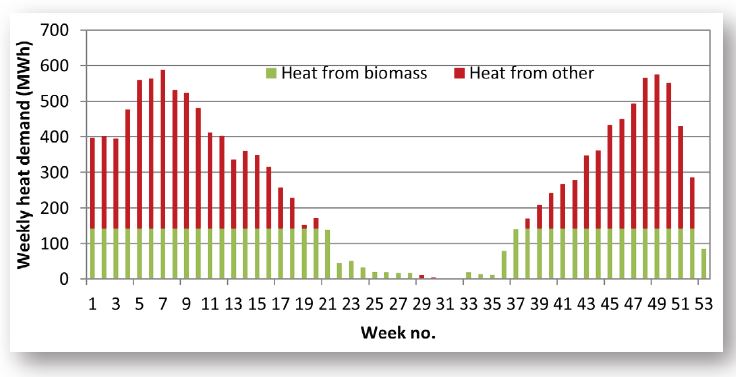
Ornamental crops growers who do not require CO2 enrichment can offset all of their heat demand by installing a biomass boiler system and, by doing so, make excellent returns on investment. This is especially true where the fossil fuel being substituted is oil. The use of buffer tanks (heat stores) helps in spreading heating load and optimising boiler size. The recommended size for a buffer tank is between 50 to 150 litres of water per kW of boiler size.
Edibles growers are used to this idea, as they use buffers to facilitate storage of heat during CO2 production. However, it’s more of a novelty for ornamentals growers, who have not used the technique before.
Biomass boiler emissions
The flue gas emission standards required for Renewable Heat Incentive (RHI) eligibility.
Boilers are continually improving in terms of materials handling and cleanliness of burn. However, flue gas emission standards were introduced for Renewable Heat Incentive (RHI) eligibility from 23rd September 2013.
The standards are:
- NOx limits of 150g / GJ energy
- Particulates less than 30g / GJ
Proof of compliance is required when applying for accreditation under the RHI scheme. Meeting these standards might be challenging for some systems. Some straw boiler designs will struggle to meet the NOx limits, and some will more than likely need filtration to reduce particulates.

